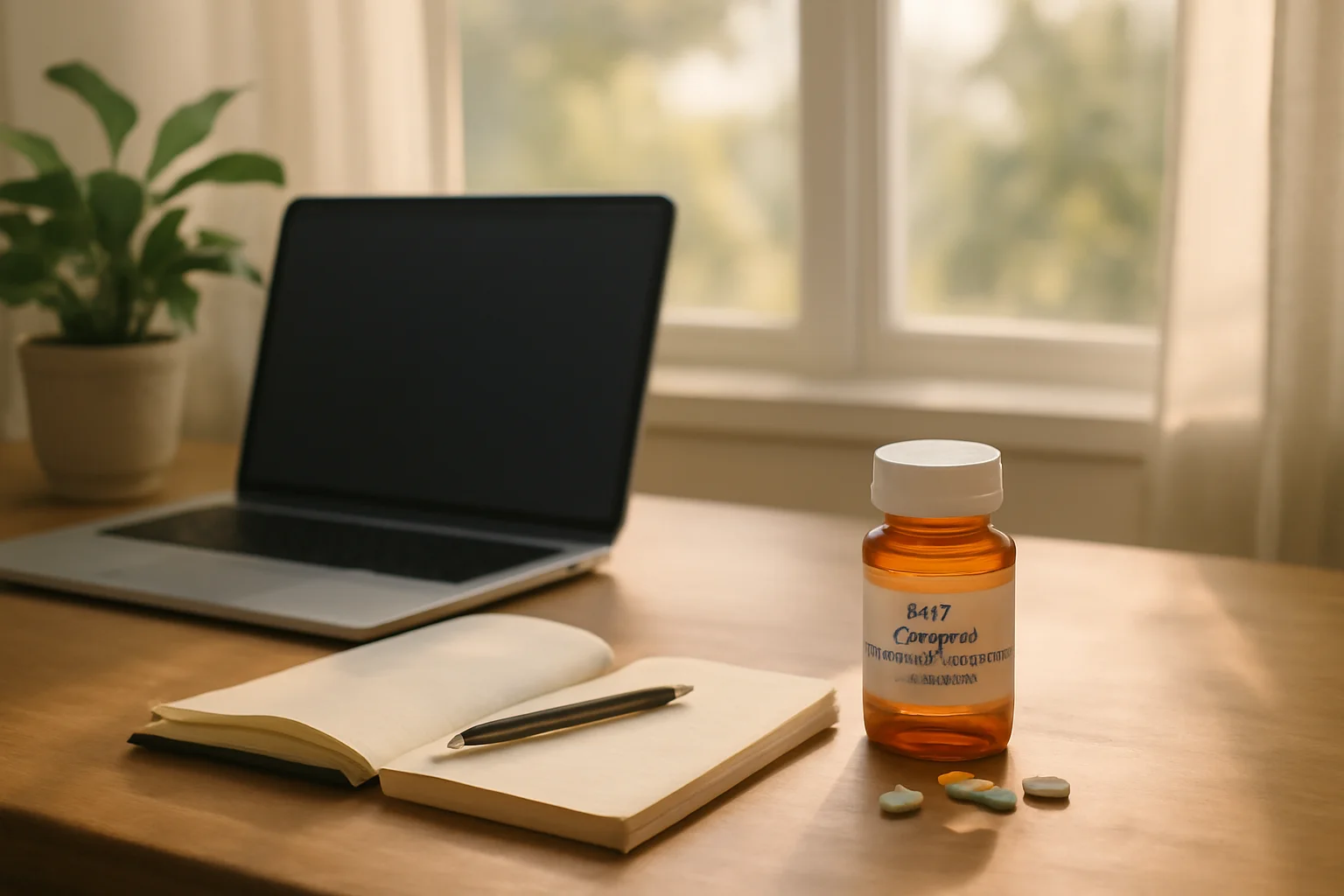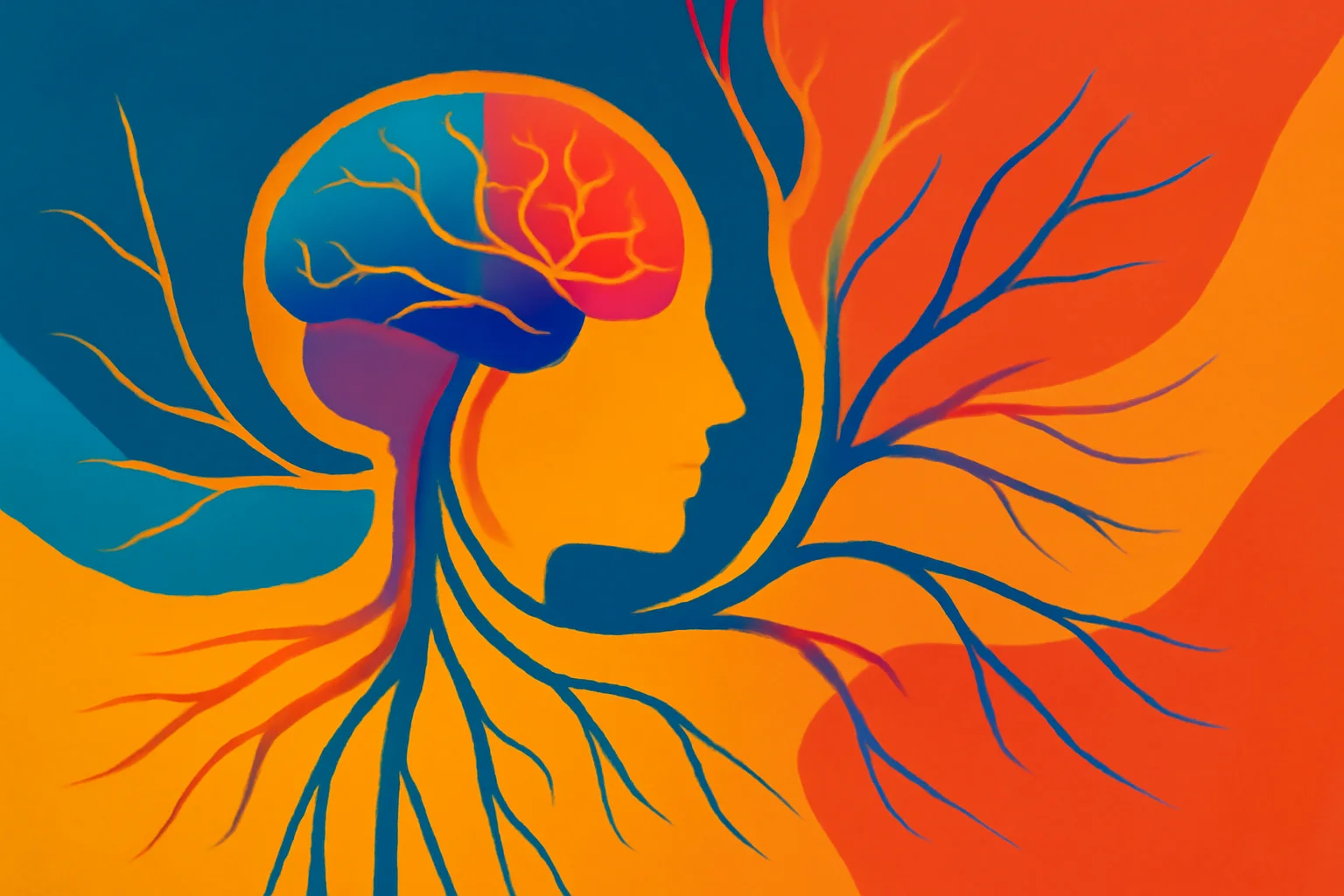
The Effects and Application of ADHD Medications in Daily Life
ADHD (Attention Deficit Hyperactivity Disorder) is a neurodevelopmental disorder that affects many people worldwide. Individuals with ADHD often struggle to maintain their attention, may be impulsive and hyperactive, which significantly impacts their daily lives. The disorder can manifest not only in childhood but also in adulthood, presenting serious challenges for those affected in the workplace, school, and social relationships.
Proper treatment plays a key role in improving the quality of life for individuals with ADHD. Medication therapy is often one of the most common and effective ways to manage the disorder. There are various types of ADHD medications, and their mechanisms of action can differ. The choice of the right medication varies by individual, and in many cases, multiple factors need to be considered, such as age, individual symptoms, and potential side effects.
Increasing research and experience are available to help understand the effects and applications of ADHD medications. With this knowledge, it is important for parents, educators, and professionals to be aware of the opportunities and challenges related to ADHD.
Types of ADHD Medications
Medications used for the treatment of ADHD can be categorized into two main groups: stimulant and non-stimulant medications. Stimulants are the most common and show the greatest effectiveness. These medications, such as methylphenidate and amphetamine, act on the central nervous system, increasing the levels of dopamine and norepinephrine in the brain. This can help with focusing attention and reducing hyperactivity.
Stimulant medications work quickly and generally need to be taken multiple times throughout the day. However, it is important to note that not every individual with ADHD responds the same way to stimulants, and some may experience side effects such as sleep disturbances, decreased appetite, or anxiety.
Non-stimulant medications, such as atomoxetine, work through a different mechanism. These medications may take longer to be effective but can be beneficial in the long term. The advantage of non-stimulants is that they generally have fewer side effects and do not lead to dependence, which can be particularly important for certain patients.
When selecting medication therapy, specialists consider the individual characteristics, symptoms, and potential side effects of the patient. Finding the right medication often requires trials and ongoing monitoring to achieve the best results.
Effects and Side Effects of ADHD Medications
The effects of ADHD medications cover a wide spectrum. Stimulant medications typically produce noticeable effects quickly, often from the first dose. Patients frequently report that they can focus more easily, exhibit less impulsive behavior, and generally manage daily tasks better. Therefore, ADHD medications can significantly contribute to improvements in academic and work performance.
However, it is important to emphasize that medications can also cause side effects. The most common side effects include decreased appetite, insomnia, anxiety, and headaches. These effects can vary in intensity, and not all patients experience them.
To manage side effects, specialists often recommend adjusting the medication dosage or trying different formulations. Additionally, it is important for patients and parents to be informed about the potential risks associated with medications and to work closely with the treating physician to find the appropriate therapy.
In addition to medication therapy, many cases may require complementary therapies, such as psychotherapy or behavioral therapy, which can help patients manage their symptoms and navigate everyday life.
Other Treatment Options Alongside Medication Therapy
In addition to medications, there are numerous other methods that can help manage ADHD symptoms. Alongside medication therapy, it is worth considering psychological and behavioral approaches that can complement the medical treatment.
The goal of behavioral therapy is to establish positive behavior patterns and reduce negative behaviors. This therapy can help individuals better understand their own behavior and develop attention and self-regulation skills. During behavioral therapy, therapists often use reward systems to encourage desired behaviors.
Moreover, involving parents and educators in the treatment process is crucial. Parents need to learn how to support their children in everyday challenges and how to assist them in focusing their attention. For educators, it is essential to understand the characteristics of ADHD and be able to adapt to the individual needs of students.
Nutrition and physical activity can also play an important role in the treatment of ADHD. A balanced diet and regular exercise can contribute to improved attention and overall well-being. Some studies suggest that certain nutrients, such as omega-3 fatty acids, may have beneficial effects on ADHD symptoms.
Combining medication treatment with behavioral therapy and a healthy lifestyle can provide a comprehensive solution for managing ADHD and help those affected better cope with everyday life.
**Warning:** This article does not constitute medical advice. Always consult your doctor or specialist for health issues.

